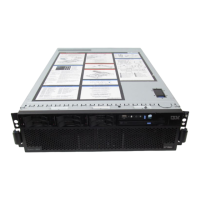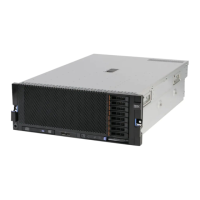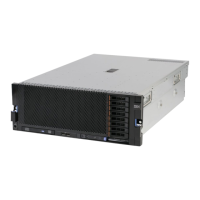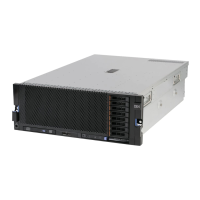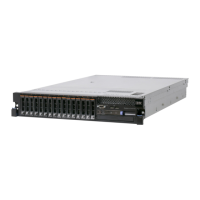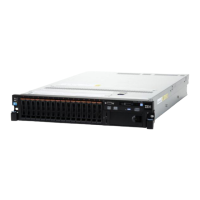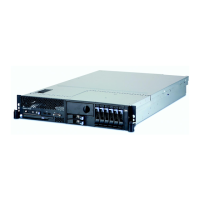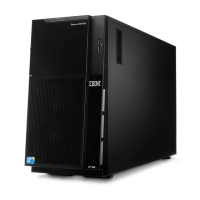8 IBM System x3850 X6 and x3950 X6 Planning and Implementation Guide
In database technology, atomicity, consistency, isolation, and durability (ACID) is a set of
requirements that guarantees that database transactions are processed reliably:
A transaction must be atomic. That is, if part of a transaction fails, the entire transaction
has to fail and leave the database state unchanged.
The consistency of a database must be preserved by the transactions that it performs.
Isolation ensures that no transaction interferes with another transaction.
Durability means that after a transaction is committed, it will remain committed.
Although the first three requirements are not affected by the in-memory concept, durability is
a requirement that cannot be met by storing data in main memory alone. This is because
main memory is volatile storage. That is, it loses its content when no electrical power is
present. To make data persistent, it must reside on non-volatile storage. Therefore, some sort
of permanent storage is still needed such as hard drives, solid-state drives (SSDs), or flash
devices to form a hybrid solution that uses both in-memory and disk technology together.
The advantage of a hybrid solution can mean flexibility by being able to balance the
performance, cost, and persistence and form factor, in the following ways:
Performance: Use in-memory technology to enhance performance of sorting, storing, and
retrieving specified data rather than going to disk
Persistence and form factor: Memory cannot approach the density of a small hard drive
Cost: Less costly hard-disks can be substituted for more memory
In the next section, we discuss IBM technologies for flash storage.
1.5 Flash storage
IBM flash storage offerings for X6 servers combine extreme IOPS performance and low
response time for transactional database workloads. The flash technologies used in the X6
servers include IBM eXFlash DIMMs, IBM eXFlash SSDs, and IBM FlashCache Storage
Accelerator.
IBM eXFlash memory-channel storage:
IBM eXFlash DIMMs represent innovative technology that utilizes DDR3 memory
channels to connect flash storage modules. IBM is the first company that will deploy
memory-channel storage technology in their industry-standard servers.
These are key features of eXFlash DIMMs:
– eXFlash DIMMs will be accessed through standard DDR3 memory channels.
– eXFlash DIMMs will be interoperable with standard RDIMMs in the same channel.
– eXFlash DIMMs will be supported by the major operating systems through software
drivers.
– The projected capacity and performance of the eXFlash DIMMs will allow up to 25 TB
of a DDR3-based flash storage in a single x3950 X6 with up to 10 million random read
IOPS and more than 4 million random write IOPS.
IBM eXFlash SSDs:
IBM eXFlash solid-state drives have an innovative high-density design of the drive cages
and the performance-optimized storage controllers with the reliable high-speed solid-state
drive technology.
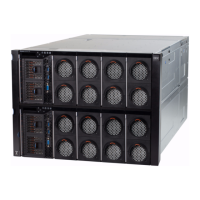
